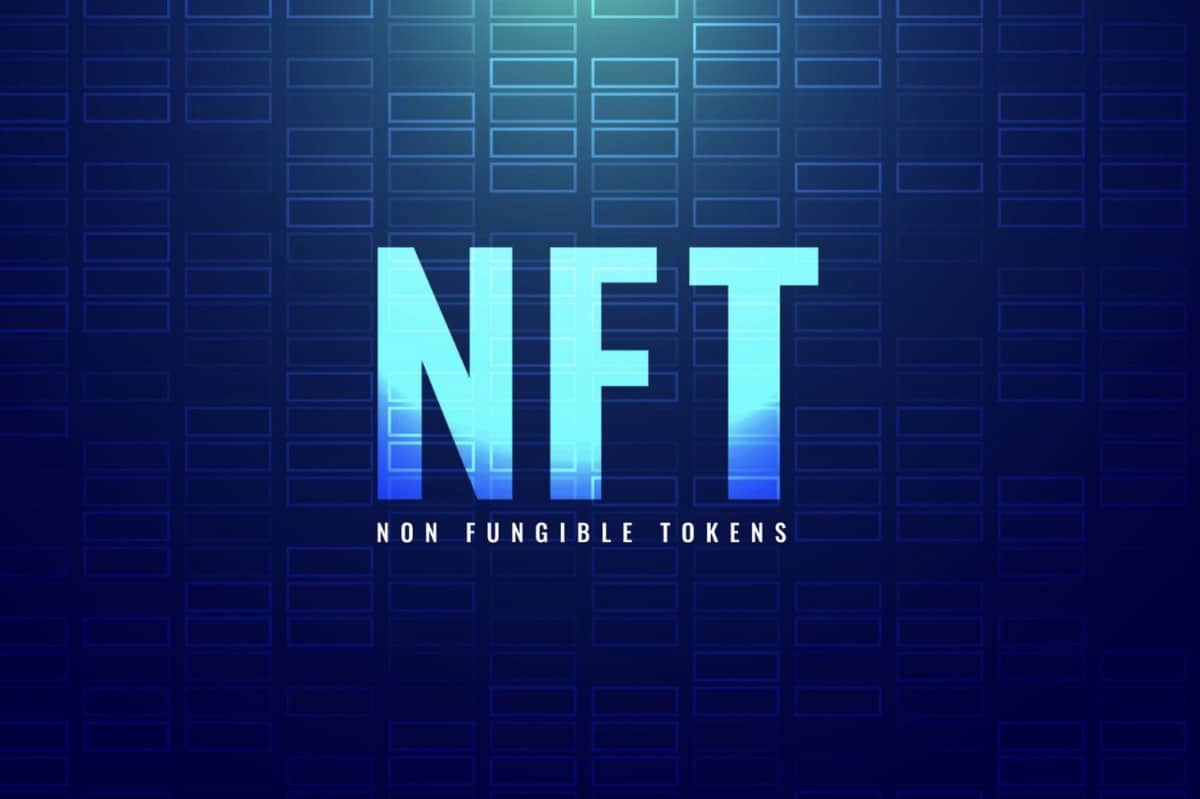History of Cryptocurrency: Top 8 Events That Reshaped the Industry

There is no present and future without the past. This is especially true for the crypto world. We rely on past data to gain the most accurate results when considering price predictions for digital coins and analysing innovations. In the highly volatile crypto industry, we've witnessed many astonishing events. However, several significant moments in the history of cryptocurrency reshaped the crypto world. This article takes you through the memory lane and reviews the eight most essential events in crypto history.
Why was cryptocurrency invented?
Cryptocurrency didn't come from anywhere. The digital currency was invented to address issues associated with traditional financial systems. Humanity was seeking an alternative to fiat money that could give them the freedom to send and receive money without waiting for the transactions to be confirmed for several days and without any official institutions involved. Cryptocurrencies offer a secure, decentralised, and transparent means of holding value and transacting.
The key reasons why cryptocurrency was invented include the following:
- Addressing limitations of traditional finance. Cryptocurrencies reduce reliance on banks and financial institutions, promoting individual control over money post-2008 economic crisis.
- Cryptocurrencies enable secure, decentralised transactions. They utilise blockchain and cryptography to provide safe, transparent transactions without needing a central authority.
- Cryptocurrencies provide an alternative to fiat money. They operate outside traditional financial systems, functioning as both a store of value and a medium of exchange in the digital economy.
The benefits of using cryptocurrency instead of fiat money are diverse and unparalleled. We've discussed them extensively on our blog. Feel free to check them out at StormGain Education. We won't focus much on discussing the benefits of using cryptocurrency because we have another topic to review, which isn't less exciting for everyone who wants to understand current trends better.
Top 8 events in the history of crypto
Cryptocurrency is one of the most dynamic industries in modern finance. Though being decentralised, cryptos are our new money, which we actively use to pay bills, send transfers, etc. What are the significant events in the history of cryptocurrency that reshaped the niche? Let's review them chronologically.
1. February 2014: The Mt. Gox Hack
In February 2014, the Mt. Gox hack shook the cryptocurrency world. The largest Bitcoin exchange abruptly halted activities, leading to panic among users. Hackers stole approximately 850,000 bitcoins, valued at over $450 million. This caused Bitcoin's price to drop by 20% and significantly eroded confidence in cryptocurrency exchanges.
In the aftermath, Mt. Gox filed for bankruptcy in Japan and the U.S., sparking a long legal battle over lost funds. The hack highlighted the need for better security measures and led to increased regulatory scrutiny. It also contributed to the rise of decentralised finance (DeFi) platforms and self-custody solutions to avoid centralised exchange vulnerabilities.
2. August 2017: Bitcoin Cash Hard Fork
The August 2017 Bitcoin Cash hard fork was pivotal in the cryptocurrency industry, driven by scaling disagreements among developers and the community. Tensions between key figures Roger Ver and Craig Wright over increasing the block size limit from 1 MB to 8 MB (later 32 MB) to allow more transactions and reduce fees led to the split. On 1 August 2017, Bitcoin Cash forked from Bitcoin, creating a new blockchain and cryptocurrency, with Bitcoin holders receiving an equal amount of Bitcoin Cash.
This hard fork caused a significant rift in the Bitcoin community, dividing support between Bitcoin and Bitcoin Cash. Initially, Bitcoin Cash's price surged, reaching over $4,000 in December 2017.
3. March 2020: COVID Crash

In March 2020, the COVID-19 pandemic caused a sharp sell-off in the cryptocurrency market and became one of the most meaningful events in the history of cryptocurrency. Bitcoin dropped from around $8,000 to under $4,000 within days, reflecting panic in global financial markets. During this period, the cryptocurrency market closely mirrored traditional financial markets, with the S&P 500 volatility index surging, indicating widespread fear among investors.
From 12 March to 1 April 2020, the cryptocurrency market faced significant disruptions, moving in tandem with traditional assets. However, the market began to recover by April, with digital assets regaining value and market synchronisation diminishing. The COVID-19 crash highlighted cryptocurrencies' volatility and raised questions about their effectiveness as a hedge against market downturns.
4. 2021: Multiple All-Time Highs
In 2021, cryptocurrencies saw unprecedented growth, with Bitcoin reaching over $68,000 in November, driven by institutional investments and mainstream adoption from companies like Tesla. Ethereum also hit nearly $4,800, boosted by the rise of decentralised finance (DeFi) and non-fungible tokens (NFTs). Other altcoins like Binance Coin, Cardano, and Solana reached new highs, reflecting increased interest in the broader cryptocurrency market.
This explosive growth helped legitimise cryptocurrencies as a viable asset class. In November 2021, the total cryptocurrency market capitalisation surpassed $3 trillion, attracting significant attention from retail and institutional investors. Mainstream adoption, institutional investment, and emerging use cases like DeFi and NFTs contributed to cryptocurrencies' growing acceptance and recognition, leaving their mark in the history of cryptocurrency.
5. 2021: The Rise of DeFi and NFTs Advent
In 2021, Decentralised Finance (DeFi) saw tremendous growth, with the total value locked in DeFi protocols surpassing $100 billion. DeFi offers financial services like lending, borrowing, and trading without traditional intermediaries, showcasing blockchain technology's potential to disrupt traditional finance and create more accessible and transparent systems.

Non-fungible tokens (NFTs) also surged in popularity, with digital art and collectables generating significant buzz and investment. NFTs are unique digital assets stored on a blockchain, representing anything from artwork to virtual real estate. Their rise highlighted blockchain technology's ability to create new digital ownership and value forms.
6. 2021: Institutional Adoption
In 2021, the cryptocurrency market saw a significant surge in institutional adoption, transforming digital assets. Major corporate investments included MicroStrategy purchasing over 120,000 bitcoins under CEO Michael Saylor's leadership, positioning Bitcoin as a hedge against inflation. Tesla's $1.5 billion Bitcoin investment further legitimised cryptocurrencies, although plans to accept Bitcoin for vehicle payments were paused due to environmental concerns.
Financial institutions and payment platforms also embraced cryptocurrencies. PayPal allowed users to buy, sell, and hold cryptocurrencies, while Visa tested USDC settlements and partnered with crypto firms for payments. The growth of crypto-focused investment funds was notable, with assets under management rising from $36.25 billion in January to $59.6 billion by October, driven by institutional investments from firms like NYDIG and Fidelity. Regulatory developments included the approval of futures ETFs, signalling the gradual acceptance of cryptocurrencies as legitimate financial instruments.
7. 2022: Terra Collapse
In 2022, the collapse of the Terra ecosystem revealed significant risks in the stablecoin market. Terra, a blockchain protocol using algorithmic stablecoins, relied on the relationship between its native token, LUNA, and the dollar-pegged stablecoin, UST, to maintain price stability through an intelligent contract-based algorithm. This algorithm allowed for arbitrage trading, enabling users to exchange LUNA for UST at 1:1. However, trouble began when an anonymous wallet dumped over $500 million worth of UST. This led to a debugging event that saw the Luna Foundation Guard emptying its Bitcoin reserves in a failed attempt to stabilise UST.
8. 2024: Ethereum ETF Launch
The launch of Ethereum ETFs in 2024 could significantly reshape the cryptocurrency industry. SEC approval would facilitate institutional investors' access to Ether, potentially increasing demand and price. This heightened institutional adoption could also create bullish sentiment, with analysts predicting new all-time highs for Bitcoin, which has already gained 67% in 2024, and Ether, which is up 60%.
Additionally, the SEC's decision on Ethereum ETFs could bring much-needed regulatory clarity to the crypto industry. While outright approval may be unlikely, positive signals could significantly advance the market. The approval of Ethereum ETFs could also open the door for more crypto-focused ETFs, making them a significant trend in the ETF market, including the potential launch of a spot Bitcoin ETF.
In a Nutshell
The history of cryptocurrency has seen many other events besides the ones outlined above. However, these 8 top crypto events have reshaped the industry for it to change forever. Today, many other significant events will shape the crypto world now that we've already seen the fourth Bitcoin halving event and anticipate the BTC price to skyrocket by the end of 2024. Let's stay tuned!
Tags
Try our Bitcoin Cloud Miner and get additional crypto rewards based on your trading volume. It's immediately available upon registration.
Try our Bitcoin Cloud Miner and get additional crypto rewards based on your trading volume. It's immediately available upon registration.



